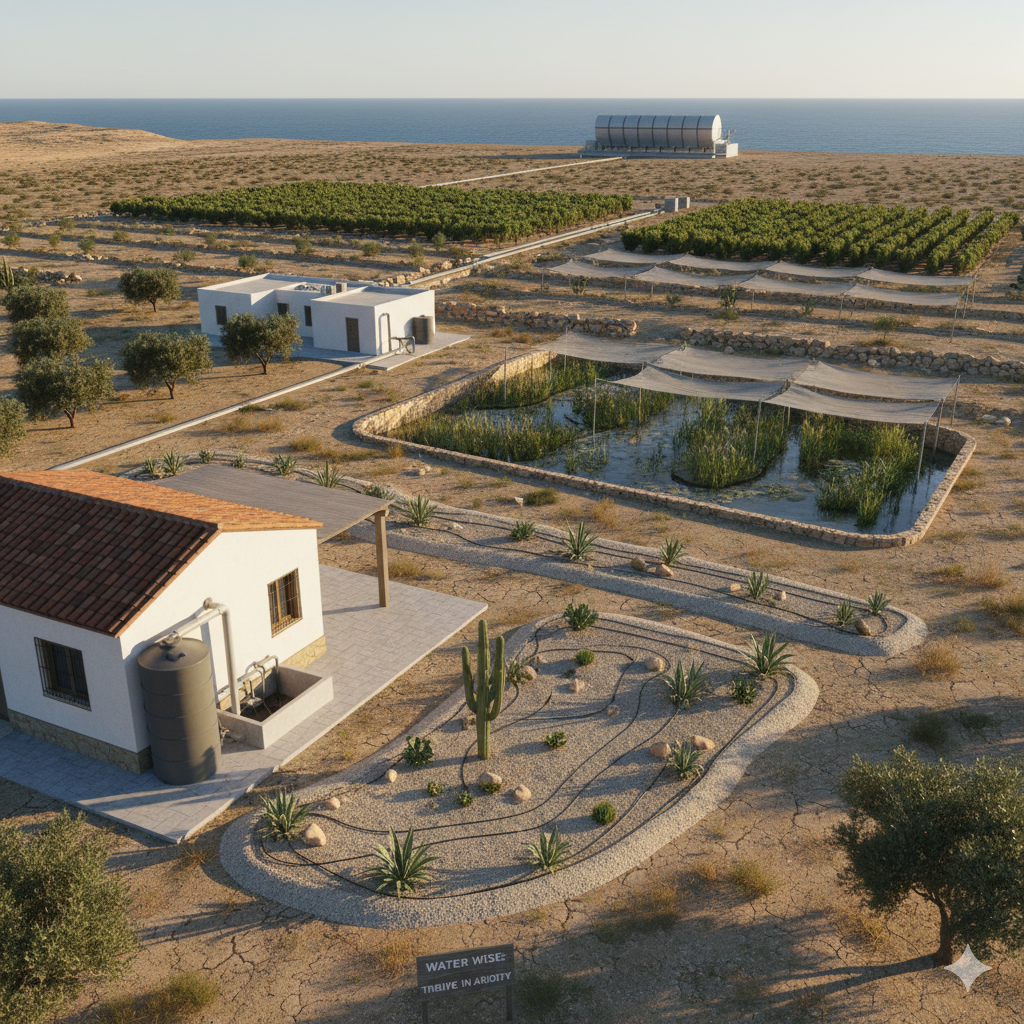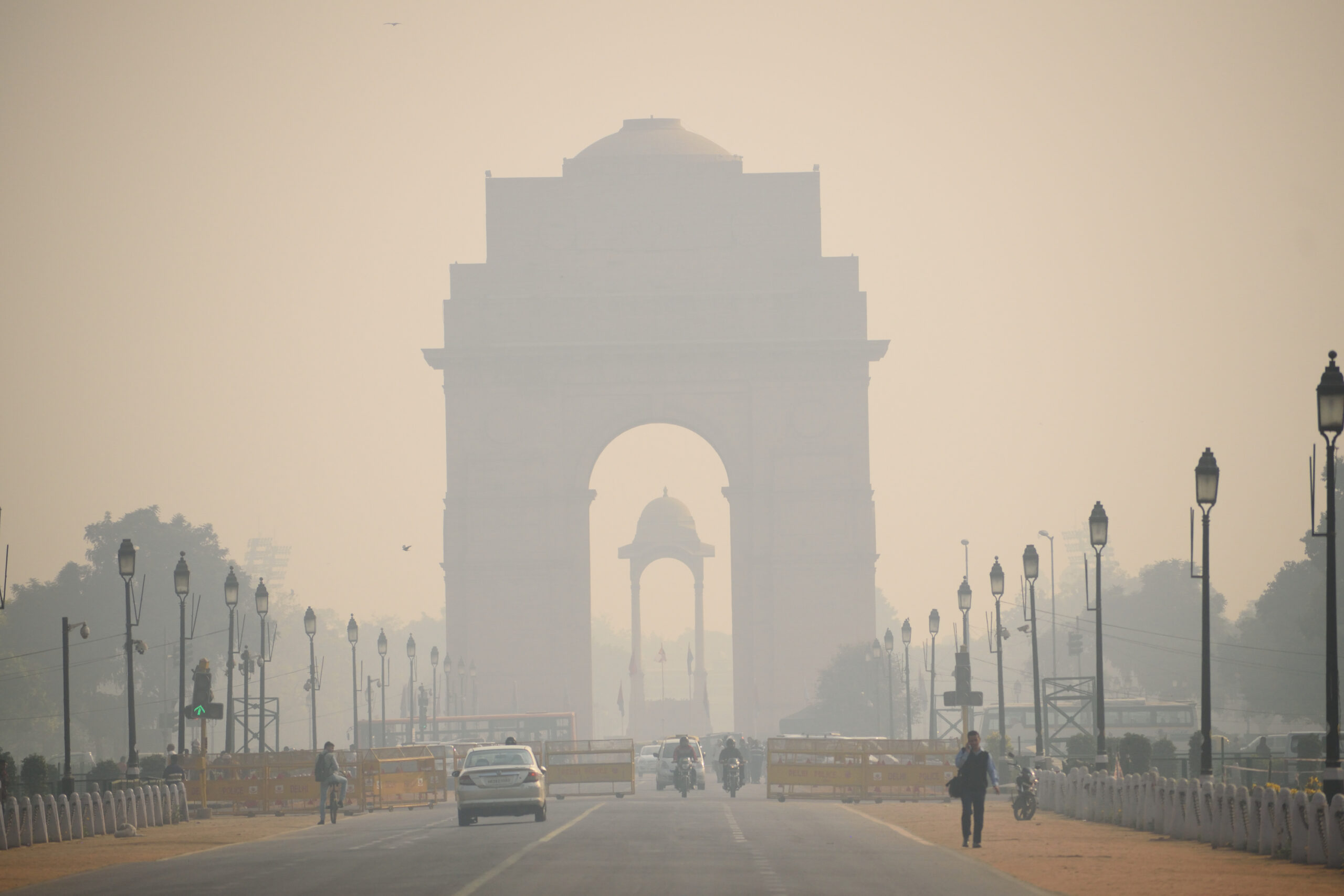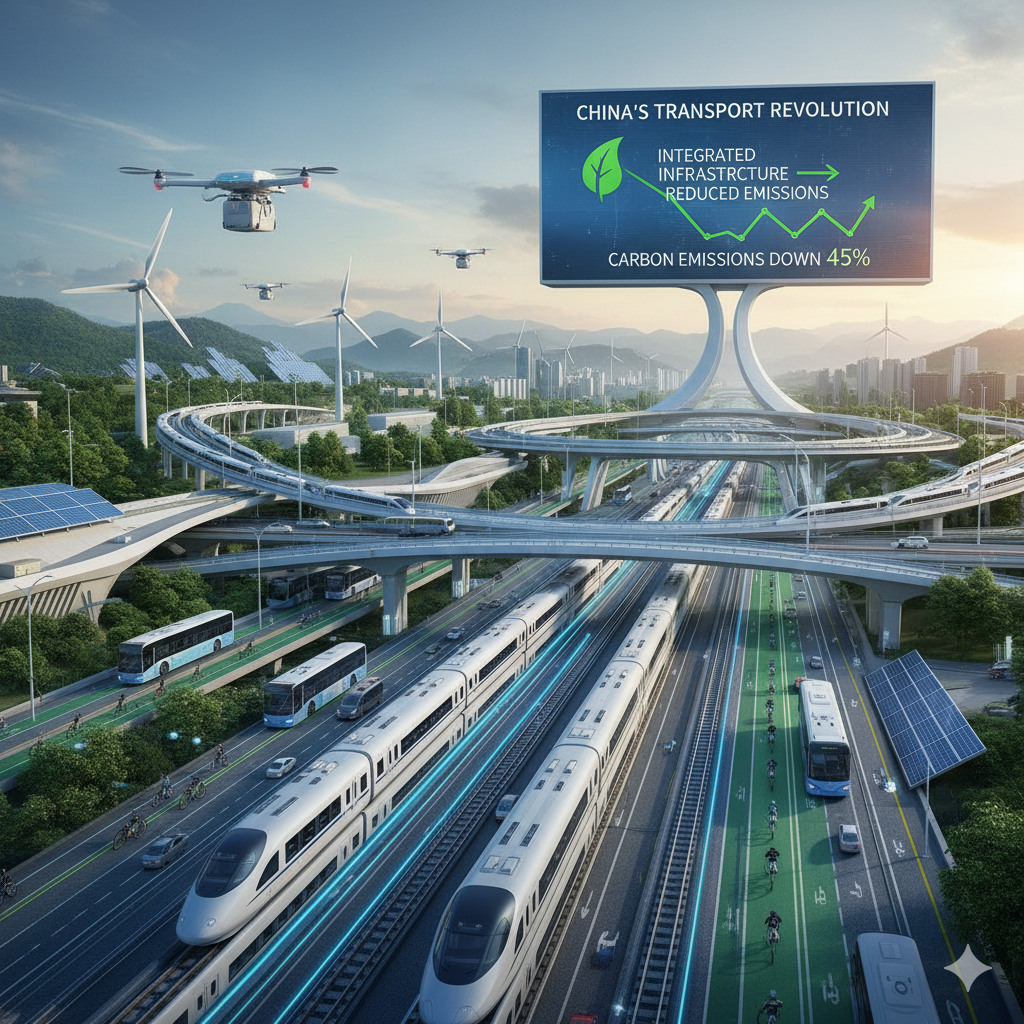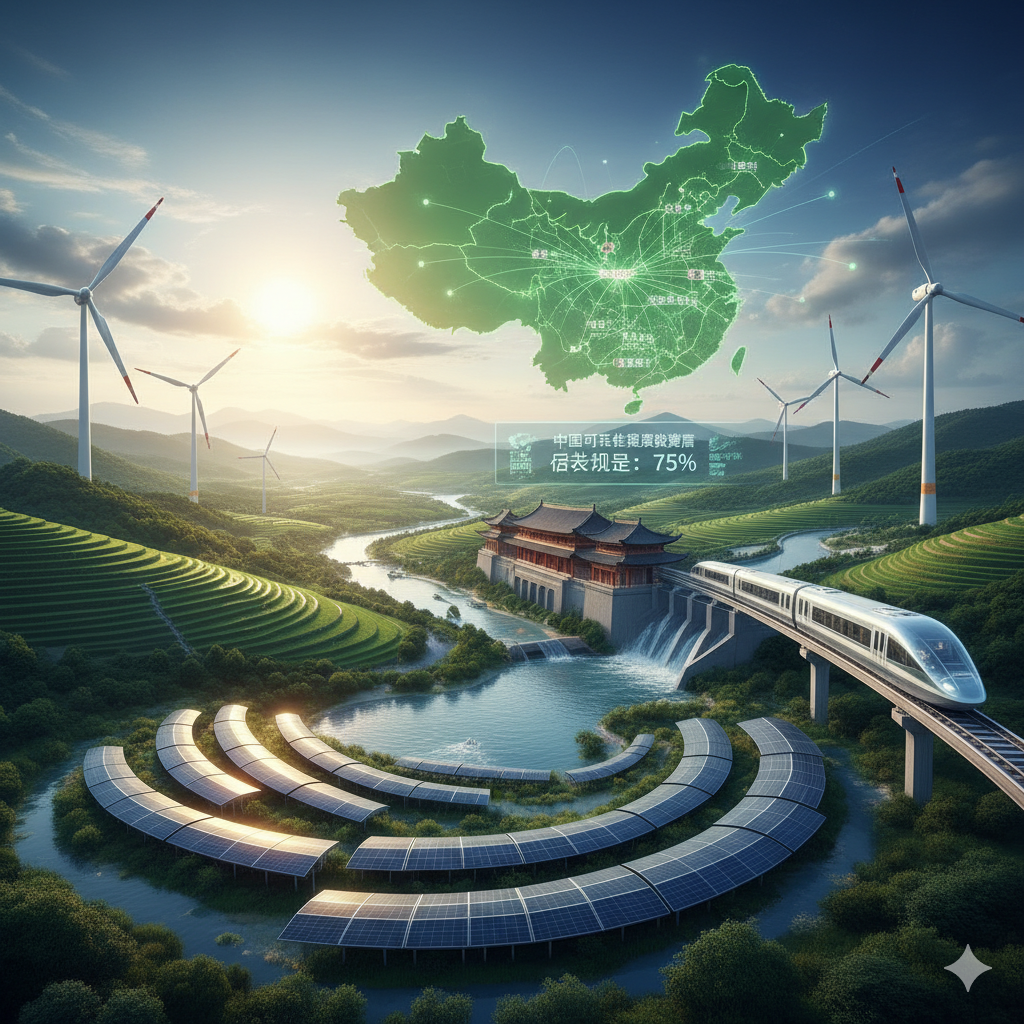Water Conservation for Hot and Dry Climates:

Strategies for Water Conservation : Sustainability Principle
In hot and dry regions, water conservation isn’t just a responsible practice—it’s a critical necessity. With climate change accelerating aridification, communities in desert-like environments face escalating water scarcity. Whether you live in Arizona, Rajasthan, or Northern Africa, smart water conservation for hot and dry climates can reduce demand, protect ecosystems, and sustain agricultural productivity.
In this comprehensive guide, we’ll explore:
-
The importance of water conservation in arid regions
-
Practical strategies for individuals and communities
-
Innovative technologies that enhance efficiency
-
Policy recommendations and long-term sustainability plans
Why Water Conservation in Hot and Dry Climates Matters
Water is life—but in hot and dry climates, it becomes a luxury. These regions often:
-
Have low annual rainfall
-
Experience high evaporation rates
-
Face seasonal droughts
-
Rely on groundwater or distant reservoirs
For example, Cape Town’s Day Zero crisis in 2018 showed how urban centers can nearly run out of water. In the U.S., the Colorado River, lifeblood of the Southwest, has been shrinking due to overuse and rising temperatures.
Consequences of Water Scarcity:
-
Agricultural losses
-
Public health risks
-
Conflicts over water rights
-
Declining biodiversity
Key Strategies for Water Conservation in Hot and Dry Climates
Below are proven strategies that individuals, households, and cities can adopt to save water efficiently in arid zones.
1. Xeriscaping (Water-Efficient Landscaping)
Xeriscaping is the practice of landscaping with drought-resistant plants to reduce or eliminate irrigation. Native plants adapt better to local conditions and need less maintenance.
Benefits:
-
Saves up to 50-75% of outdoor water use
-
Reduces runoff and soil erosion
-
Enhances biodiversity
Tips:
-
Use gravel mulch instead of turf
-
Group plants with similar water needs
-
Incorporate drip irrigation systems (Learn more about drip irrigation)
2. Rainwater Harvesting
Even in dry climates, occasional rains can be stored. Installing rain barrels or underground cisterns helps conserve every drop.
Systems include:
-
Rooftop rain catchers
-
Gutter redirection to tanks
-
Filtration systems for potable reuse
🔗 Beginner’s Guide to Rainwater Harvesting
3. Greywater Recycling
Greywater is wastewater from sinks, showers, and washing machines—not toilets. Reusing it for irrigation or flushing can cut water use by 30–40%.
Common greywater uses:
-
Watering trees and gardens
-
Toilet flushing
-
Cooling towers in commercial buildings
4. Smart Irrigation Controllers
Traditional irrigation systems waste water. Smart irrigation systems use sensors and weather data to apply water only when needed.
Features:
-
Soil moisture detection
-
Weather forecasting integration
-
Mobile app control
🔗 EPA WaterSense Smart Controllers
Household Water-Saving Tips for Arid Zones
Even simple habits can dramatically reduce water consumption:
-
🚿 Install low-flow showerheads
-
🚽 Upgrade to dual-flush or low-flush toilets
-
🧼 Run full loads in dishwashers and washing machines
-
🧯 Turn off taps while brushing teeth
-
💧 Fix leaks promptly—one leaky faucet can waste 3,000 gallons/year
Community-Based Water Conservation Programs
Collective action often makes the biggest impact. Municipalities and regional governments can incentivize conservation with:
Rebates and Incentives
-
Cashbacks for installing water-efficient appliances
-
Tax deductions for rainwater harvesting systems
Public Awareness Campaigns
-
Workshops and school programs
-
Digital campaigns on water-saving tips
🔗 Alliance for Water Efficiency
Regulatory Measures
-
Restrictions on non-essential water use (e.g., lawn watering)
-
Tiered pricing models to penalize high consumption
Technological Innovations in Water Conservation
Advanced technologies can revolutionize water management in hot and dry environments.
1. Desalination Plants
Converting seawater into freshwater is energy-intensive but critical for some coastal arid zones.
2. Atmospheric Water Generators (AWGs)
These devices pull moisture from the air and condense it into water—even in dry climates.
-
Ideal for off-grid homes and remote areas
-
Portable models available
3. Smart Water Meters
They allow real-time tracking of household water use and notify users of leaks or high usage.
Agricultural Water Conservation Techniques
Agriculture is a major water consumer—up to 70% globally. In arid regions, improving irrigation efficiency is essential.
Recommended Practices:
-
Drip irrigation over flood irrigation
-
Mulching to retain soil moisture
-
Drought-tolerant crop varieties
-
Precision farming technologies
🔗 FAO Guide on Efficient Irrigation
Policy Recommendations for Sustainable Water Management
Governments should:
-
Enforce water usage limits during droughts
-
Fund research in water-saving crops and technologies
-
Create regional water-sharing frameworks
🔗 UN Sustainable Development Goal 6
Case Studies: Successful Water Conservation in Hot and Dry Regions
1. Israel’s Water Revolution
Despite being 60% desert, Israel has achieved water self-sufficiency through:
-
National drip irrigation use
-
Reuse of over 85% of wastewater
-
Desalination
2. California’s Water Restrictions
California implemented:
-
Mandatory lawn-watering limits
-
$500 fines for water waste
-
Rebates for turf removal
🔗 California Water Conservation Laws
Future Outlook
Water conservation for hot and dry climates will remain one of the most vital global challenges. By integrating smart technology, policy, and individual action, we can build climate-resilient communities that thrive despite water scarcity.
Key Takeaways:
-
Prioritize native landscaping
-
Embrace smart irrigation
-
Reuse greywater wherever possible
-
Support public policy changes
🔗 World Resources Institute – Water Stress
Final Thoughts
No matter where you live, conserving water in hot and dry climates is a shared responsibility. With increasing urbanization and climate stress, the urgency to act has never been greater. Be proactive—install efficient systems, change daily habits, and support local water-saving programs.
By adopting sustainable water conservation practices today, we protect tomorrow’s communities from crisis.





